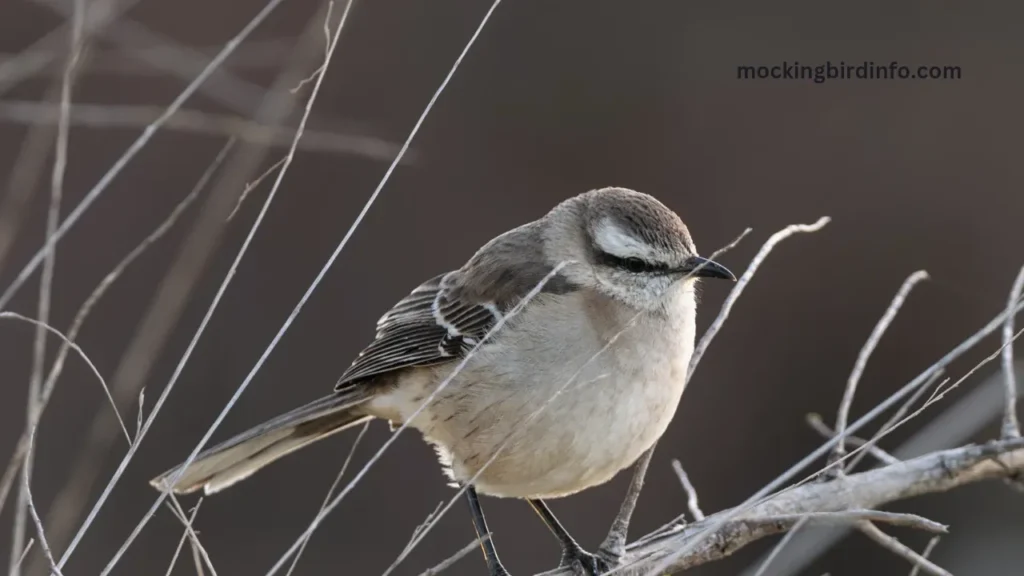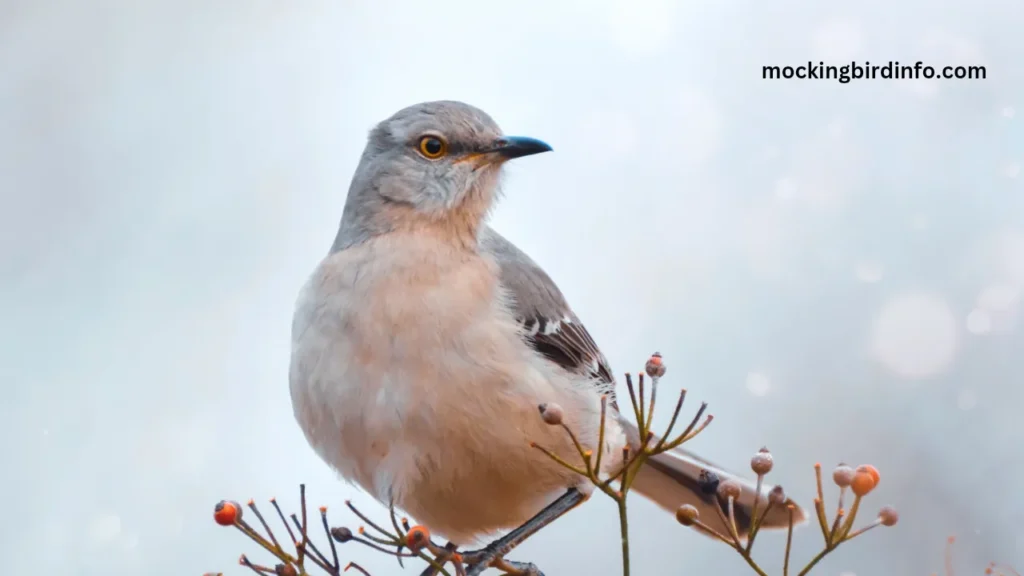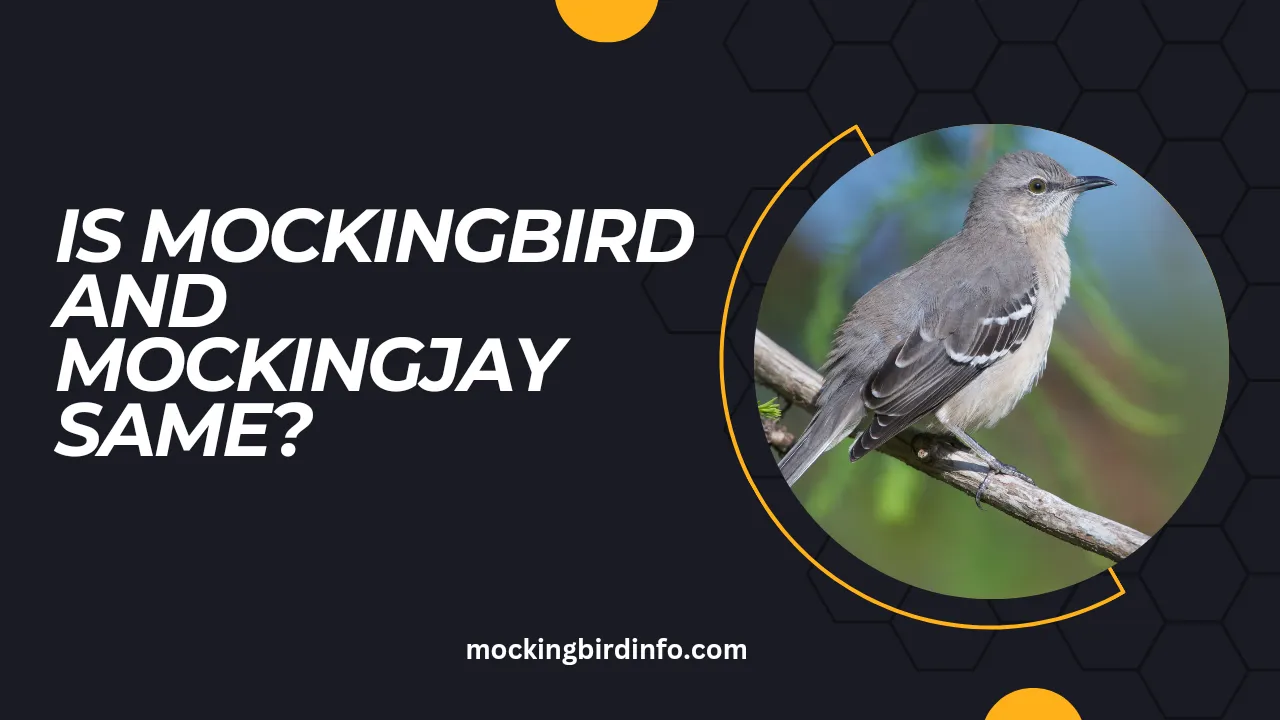In the world of birds, mockingbirds have earned their reputation for their uncanny ability to mimic other creatures’ songs. They sing songs that are as diverse as their vast territory, echoing a symphony of sounds from insects to other birds.
But what happens when the Mockingjay, a fictional bird from the “Hunger Games” series, enters the conversation? With a name strikingly similar to the mockingbird, confusion is inevitable.
At first glance, you might think these two creatures share more than just a name. However, the mockingbird is a real, living bird, while the Mockingjay is a fictional creation, crafted as a symbol of hope and rebellion in Suzanne Collins’ dystopian novels.
But why does the confusion persist? How can something so familiar and something so fictional be linked together in the minds of many?
In this blog post, we’ll explore the mockingbird‘s real-world traits, the Mockingjay‘s role in literature, and break down the reasons behind their common misconception.
Join us as we uncover the truth behind these two fascinating creatures and discover why they are often mistaken for one another.

Contents
- 1 Real-World Mockingbirds
- 2 Fictional Mockingjays
- 3 Why the Confusion?
- 4 Dispelling the Myth
- 5 Conclusion
- 6 FAQs
- 6.1 1. Are Mockingbirds and Mockingjays the same bird?
- 6.2 2. What is the main difference between Mockingbirds and Mockingjays?
- 6.3 3. Do Mockingjays exist in real life?
- 6.4 4. What is the role of the Mockingjay in “The Hunger Games”?
- 6.5 5. Are Mockingbirds territorial?
- 6.6 6. Can Mockingbirds really mimic songs?
Real-World Mockingbirds
Physical Characteristics: Mockingbirds are medium-sized birds, typically gray or brown with white patches on their wings and tail. Their sharp, pointed beaks help them catch insects, and their long tails make them easy to spot in their environment.
Vocal Abilities: Known for their remarkable vocal range, mockingbirds can mimic over 200 different sounds. Their ability to replicate songs of other birds, animals, and even mechanical noises is truly unique in the avian world, earning them the title of the “best mimics.”
Habitat and Distribution: These birds are widely distributed across North and South America, especially in wooded areas, parks, and even urban spaces. Mockingbirds are highly adaptable, thriving in both natural and human-made environments.
Behavior and Ecology: Mockingbirds are territorial and will fiercely defend their space from other birds. They are omnivores, feeding on a mix of fruits, seeds, and insects, contributing to their important role in maintaining ecological balance.
Fictional Mockingjays
Origin in “The Hunger Games”: In the “Hunger Games” series, the Mockingjay was born out of the tragic combination of a genetically altered bird and a native species. It became the symbol of rebellion and hope, resonating deeply with the districts oppressed by the Capitol.
Physical Characteristics: Mockingjays in the books are described as small, bird-like creatures with distinctive yellow feathers and a catchy call that mimics other sounds, much like the real-world mockingbird. They play a crucial role in the story’s themes of resistance and freedom.
Symbolic Significance: The Mockingjay is not just a bird but a symbol of defiance, unity, and resistance. Its songs and calls in the series represent the voices of the oppressed, coming together to challenge the tyranny of the Capitol.

Why the Confusion?
Similar Names: The most obvious reason for confusion is the similarity between the names Mockingbird and Mockingjay. Both names share the word “mocking,” a reference to their ability to imitate sounds, leading many to believe they are the same.
Shared Trait of Mimicry: Both the mockingbird and the Mockingjay are known for their mimicry skills, capable of imitating other sounds around them. This connection of sound production adds to the confusion between the real and fictional creatures.
Cultural Impact of “The Hunger Games”: With the immense popularity of the “Hunger Games” series, the Mockingjay has become an icon in popular culture. As the series gained a following, more people became familiar with the Mockingjay as a symbol of resistance, further blending the lines between the real and the fictional bird.
Dispelling the Myth
Biological Differences: While both the mockingbird and the Mockingjay are known for their mimicry, they are fundamentally different. The mockingbird is a real bird, belonging to the Mimidae family, whereas the Mockingjay is a fictional hybrid species with no biological basis.
Ecological Roles: The mockingbird plays an important role in nature by helping control insect populations and dispersing seeds, whereas the Mockingjay, while impactful symbolically, has no ecological function in the real world.
The Power of Fiction: The Hunger Games series has shaped modern perceptions, elevating the Mockingjay to the status of cultural icon. However, it’s essential to remember that fiction can often blur the lines between reality and imagination, creating lasting myths.
Conclusion
In summary, the mockingbird and the Mockingjay are two very different creatures. While mockingbirds are real-life birds with incredible vocal abilities and ecological importance, Mockingjays are a fictional creation with a powerful symbolic presence.
Despite their similarities in name and mimicry, the two are fundamentally distinct. Both the mockingbird and the Mockingjay hold significant cultural value, one in nature and the other in literature.
While one is celebrated for its role in ecosystems, the other is revered for its symbolism in a world of fiction. As we marvel at the beauty of the natural world and the impact of imagination, let’s appreciate these two remarkable birds for what they represent in both reality and fiction.
FAQs
1. Are Mockingbirds and Mockingjays the same bird?
No, mockingbirds are real birds, while Mockingjays are fictional creatures created in Suzanne Collins’ “Hunger Games” series.
2. What is the main difference between Mockingbirds and Mockingjays?
The main difference is that mockingbirds exist in nature and are known for their mimicry, while Mockingjays are fictional, representing rebellion and hope
3. Do Mockingjays exist in real life?
No, Mockingjays are purely fictional and do not have a biological counterpart in the natural world.
4. What is the role of the Mockingjay in “The Hunger Games”?
In the “Hunger Games” series, the Mockingjay symbolizes resistance, unity, and the fight for freedom against the oppressive Capitol.
5. Are Mockingbirds territorial?
Yes, mockingbirds are highly territorial and will fiercely defend their area from other birds
6. Can Mockingbirds really mimic songs?
Yes, mockingbirds are known for their incredible ability to mimic over 200 different sounds, including songs from other birds and even mechanical noises








